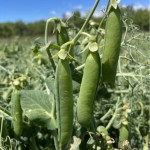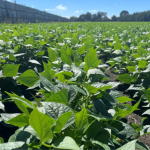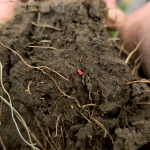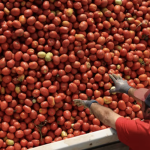On farm inflation hits beef and lamb farmers
Inflation hitting hard, but exports keep growing.
Added 4 years ago
By Brenda Newth

A new report from Beef + Lamb New Zealand shows that on farm inflation is at a nearly 40-year high and is outstripping the annual inflation rate (CPI) by nearly 50%.
Consumer Price Index (CPI) data has the annual inflation rate at 6.9%, the latest on-farm inflation rate has hit 10.2%. In the past on farm inflation and CPI have been comparable, but the Beef + Lamb report shows that farmers are facing significant price increases across almost all the 16 input categories measured.
B+LNZ Economic Service Chief Economist Andrew Burtt, says, “With a tight labour market and increased import shipping costs, farmers have seen increased prices for contractors, tradespeople, machinery and parts for operating farm infrastructure and vehicles.
“Fuel prices have continued to rise since March 2022, and fertiliser prices are expected to rise this month, too.”
Burtt says the increase in farm input prices is largely due to the rise in cost of three core areas of expenditure: fertiliser, lime and seeds (+23%); interest (+5.9%); and repairs, maintenance and vehicles (+10.4%).
“Fertiliser, lime and seed prices are significant for sheep and beef farmers because this area of expenditure comprises 17.5% of total farm expenditure.”
Beef + Lamb warn that new regulatory requirements will stretch farmers even further, with B+LNZ chief executive Sam McIvor noting that there’s a lot of costly regulation coming at farmers.
He says: “Given the importance of agriculture and its role in our economy’s recovery, it’s critical that the Government gets its policy settings right.
“Government can help by ensuring any policy changes are needed, workable and cost-effective for our farmers.”
Full report here.
At the same time, MPI’s latest Situation and Outlook (SOPI) report informs that the food and fibre sector is set to earn more than $50 billion this year, with “record amounts” of export revenue over the next few years, reaching $56.8 billion in year ending June 2026.
Weighing the good news and bad, SOPI advises: “Navigating higher input costs for fertiliser, disruptions to supply chains, uncertainty about international partners’ commitment to the rules-based trading system, as well as rising costs of adapting to the changing climate, will bring challenges for the sector. Today’s high prices are an opportunity to further invest in future resilience and productivity.”
What’s your focus … the good news or the bad?!
Join the conversation
Be the first to leave a comment.
Leave a comment
All comments are reviewed before they are published on the website. Your email address will not be published.



Community Engagement and Knowledge Sharing Strengthen the Carbon Positive Project


Farewell to Trustee Phil Schofield – A Foundational Leader of the HBFFCT

